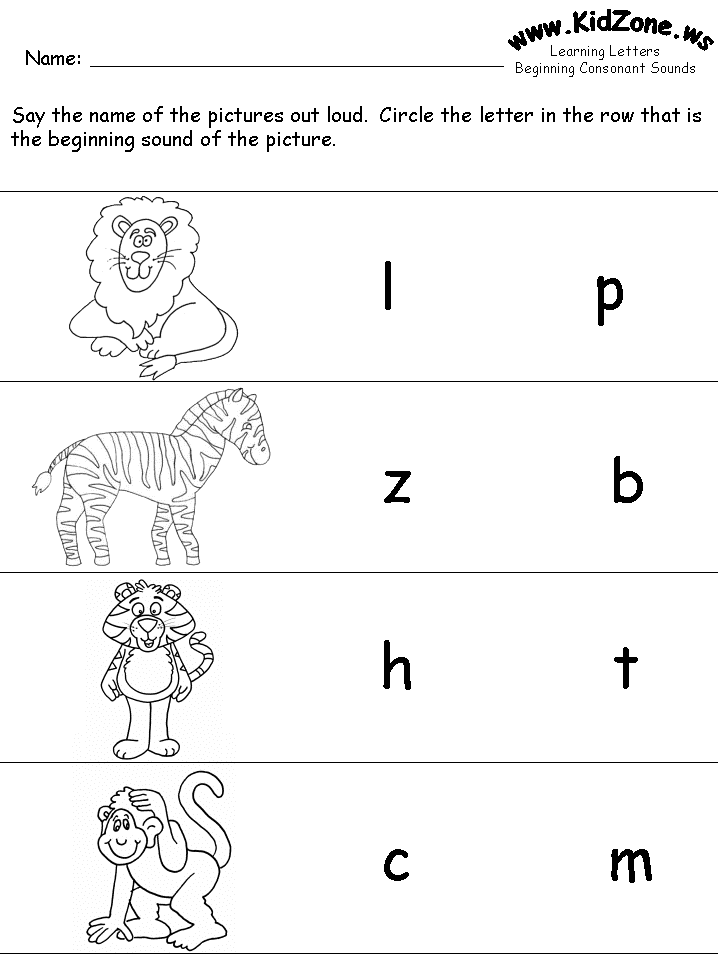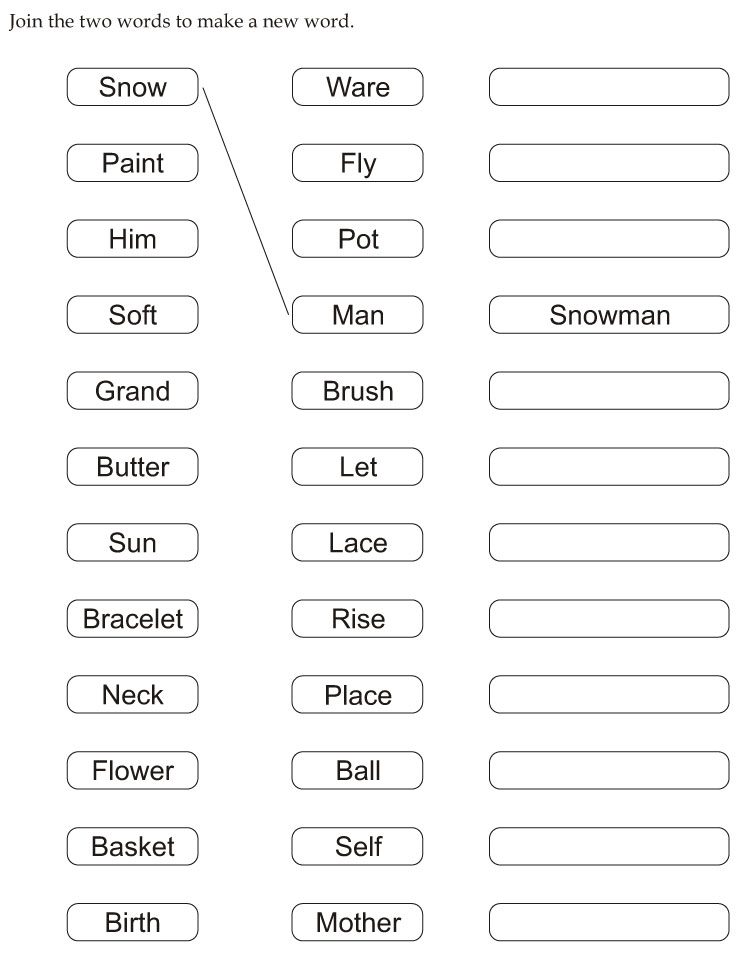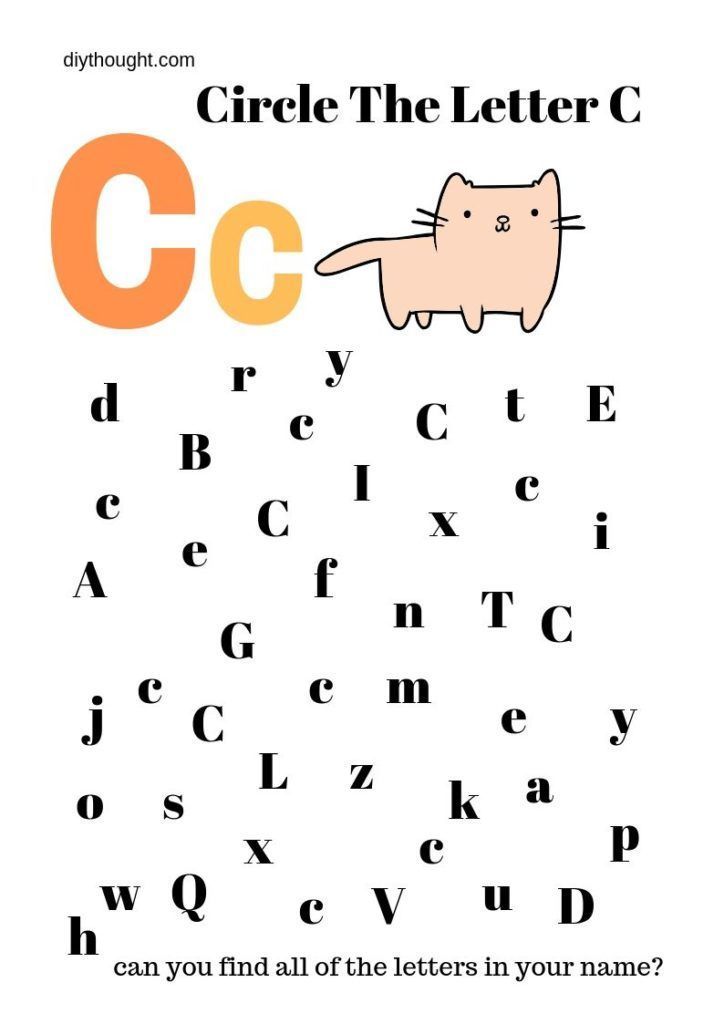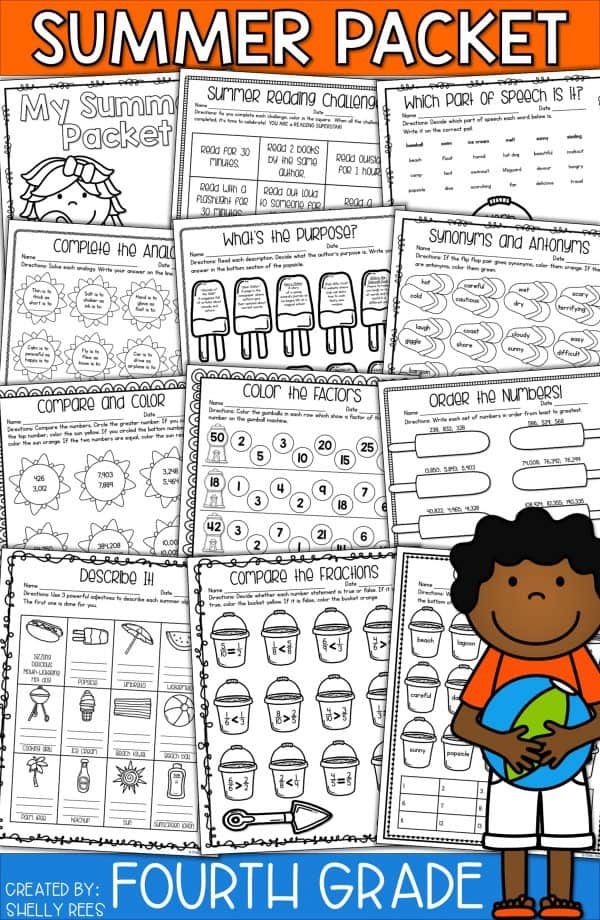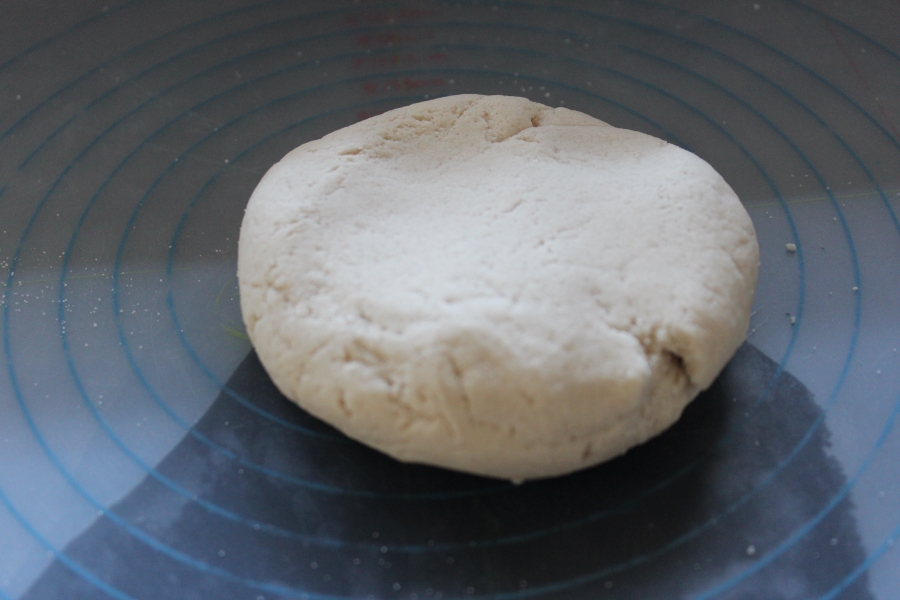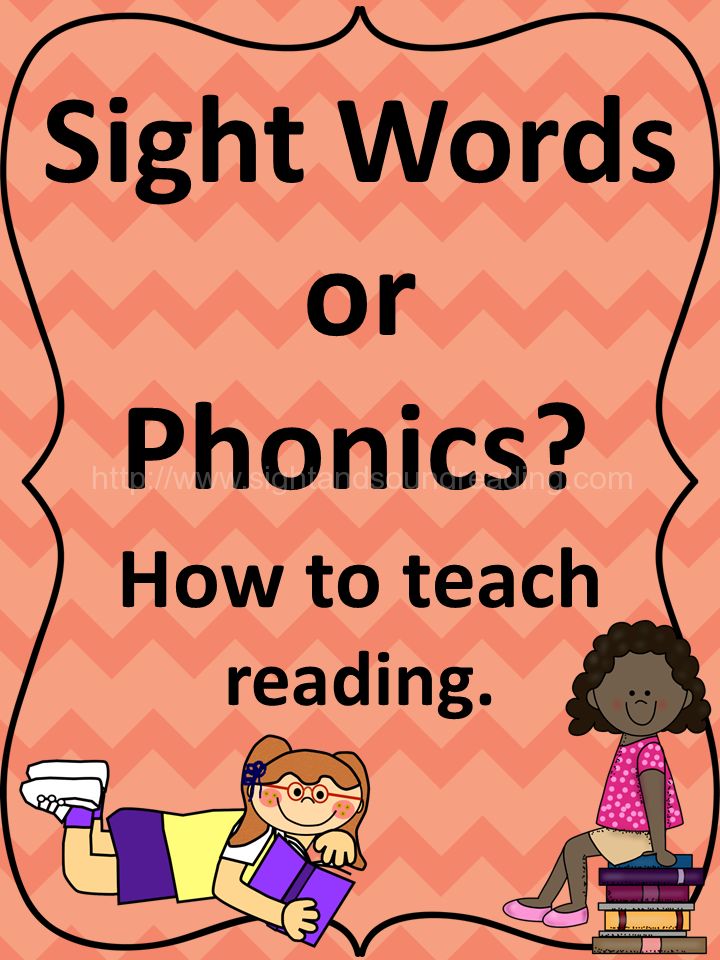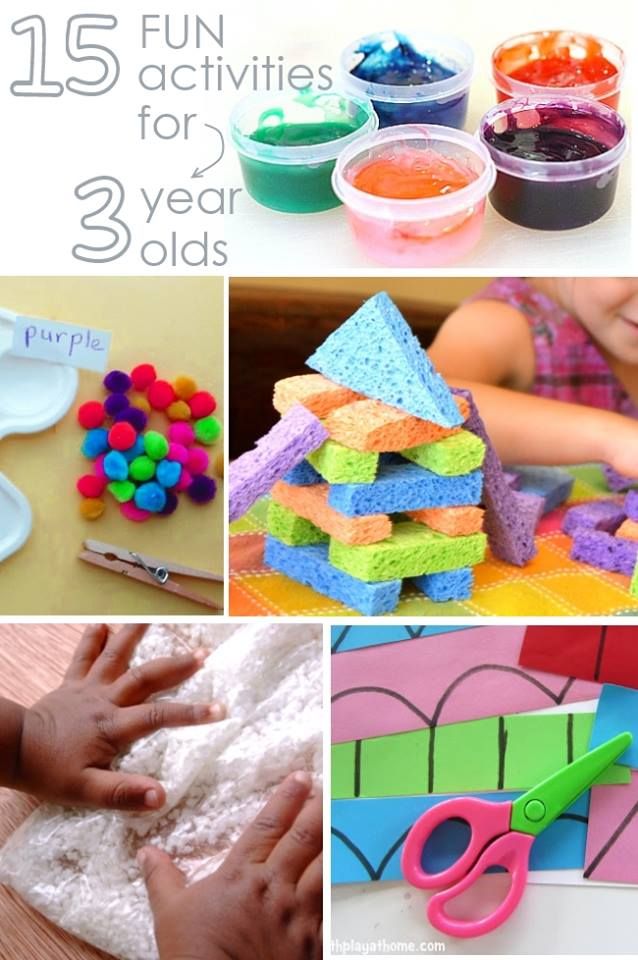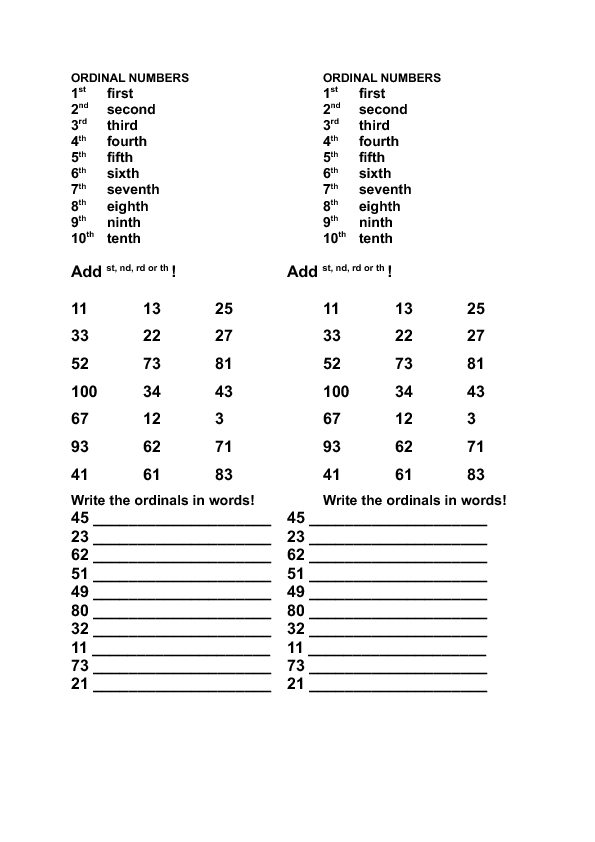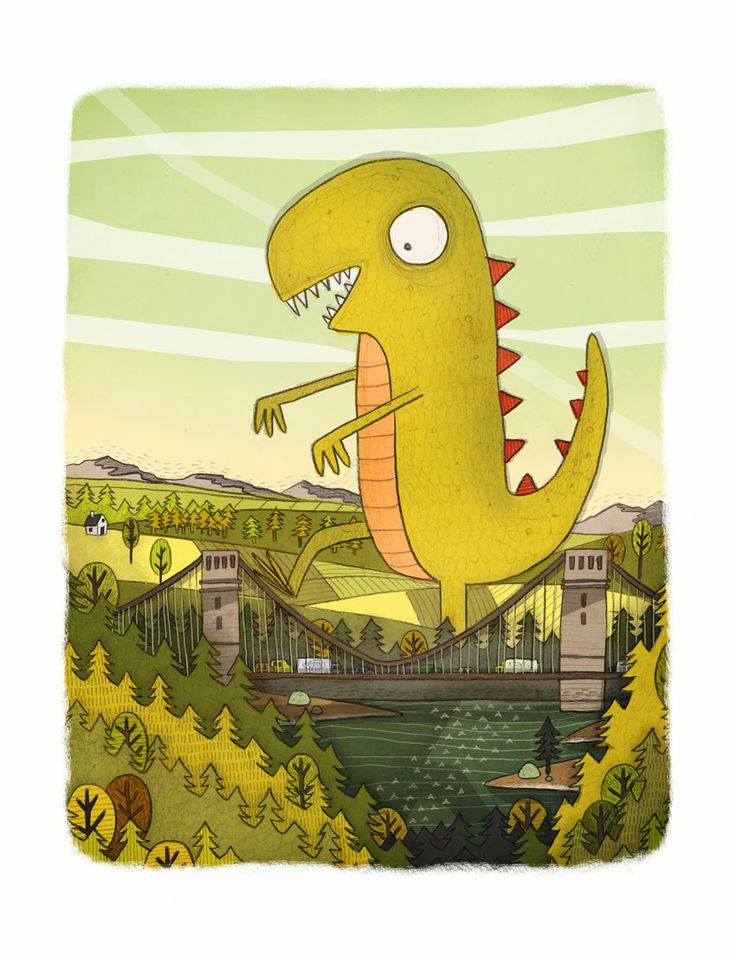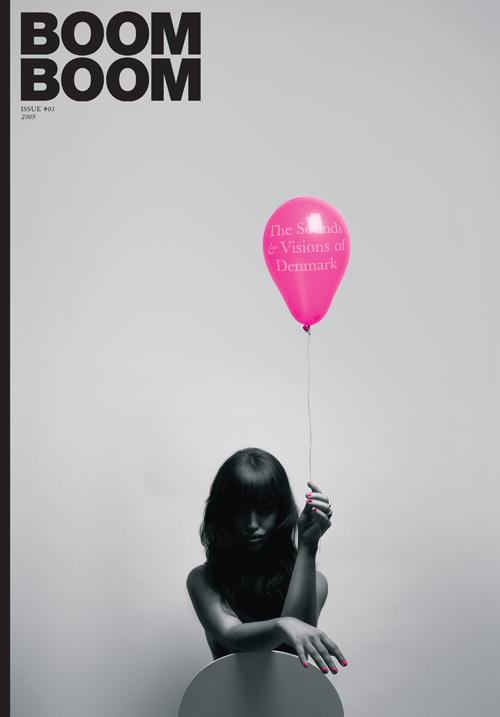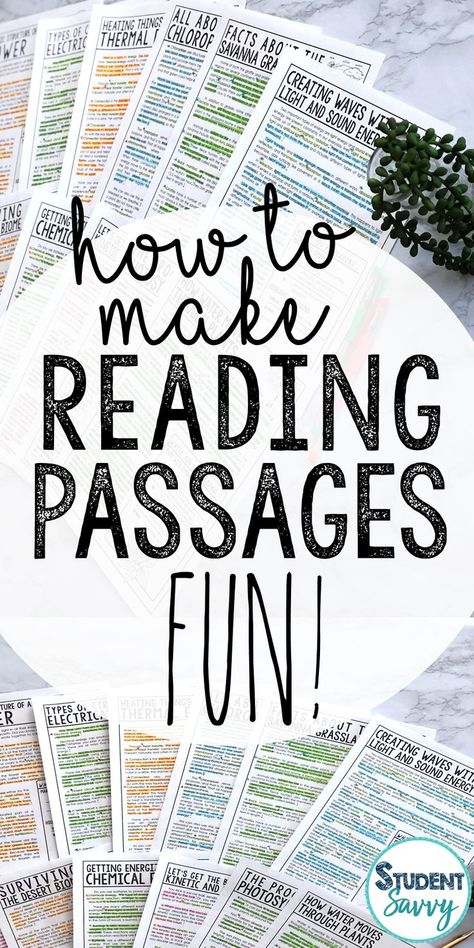The letter sounds learning
5 Fun And Easy Tips
Letter sounds are one of the very first things your child will encounter when they begin to explore reading.
By recognizing the phonetic sounds that alphabetic letters make, your child will take their first big step toward associating words with their individual sounds, an essential tool for, when the time is right, sounding out words.
Most new readers start from the same place — by learning their letters! And no matter where your child is on their reading journey, working with them on their letter sounds is a great way to help strengthen their fundamental skills.
Here are five fun and effective tips for working on letter sounds with your child.
5 Fun And Easy Ways To Teach Letter Sounds
1) Touch And Feel Letters
Humans are tactile creatures, and we depend on touch to tell us a lot about the world around us. This is especially true of kids when they’re learning!
Although most traditional reading curriculums focus on auditory and visual cues for letters and their sounds, touch can be helpful, too. We have five senses, after all, so we might as well take advantage of them!
As opposed to relying solely on how a letter looks when it’s written (and flat), adding in a physical sensory element can help your child build a stronger connection to the letter sound they’re trying to learn.
Doing this engages an extra part of their brain while they learn. Not only will they know what the letter looks and sounds like but also what it “feels” like. Associating the “feel” of a letter with its pronunciation may help them gain a better understanding of letter sounds more quickly.
There are plenty of options for exploring reading through your child’s sense of touch. The best part? Your child will get to do one of their favorite things — make a mess! Letting them get messy with letters provides a great incentive to learn.
If you’d like to try this tactile learning style, you can get started by grabbing a few blank pieces of paper. Using a thick, dark marker, write out the letters you want your child to work on.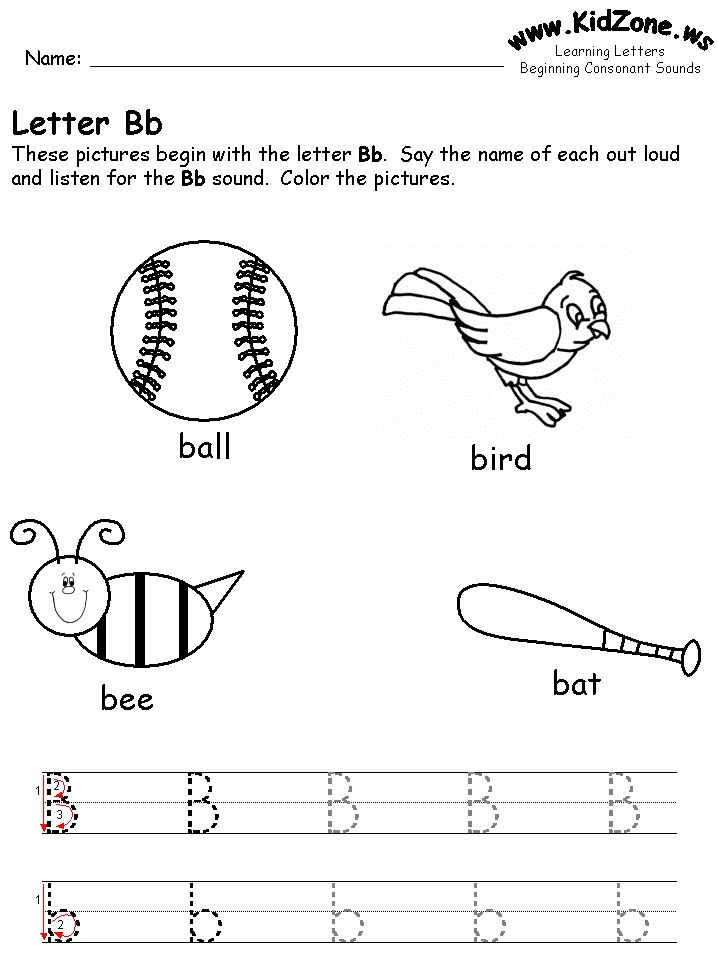
Then, you can simply grab whatever you have around the house that is malleable enough to form into letters. PlayDoh or kinetic sand are both great options.
We recommend saying the associated letter sound as your child looks at and forms the written letter with the PlayDoh or kinetic sand. You can also encourage them to shape their material over the outlined letter on the page if they need some extra guidance.
Feel free to also brainstorm words with them that share the letter sound they’re practicing. This could help them make even more connections to the letter and its sound!
If you don’t mind a little extra clean up, shaving cream can also be a great option! Simply spread out the shaving cream on a flat surface. Trace out the letter for them in the shaving cream, then ask them to do the same while you repeat the letter sound.
2) Connect Letter Sounds To Familiar Symbols
Letters and their sounds might be unfamiliar to your child. By making a connection between letter sounds and items or symbols your child might already be familiar with, you can help bridge the gap between what they don’t know yet and what they do!
Utilizing things that your child already knows and loves may encourage them to get more engaged with learning their letter sounds.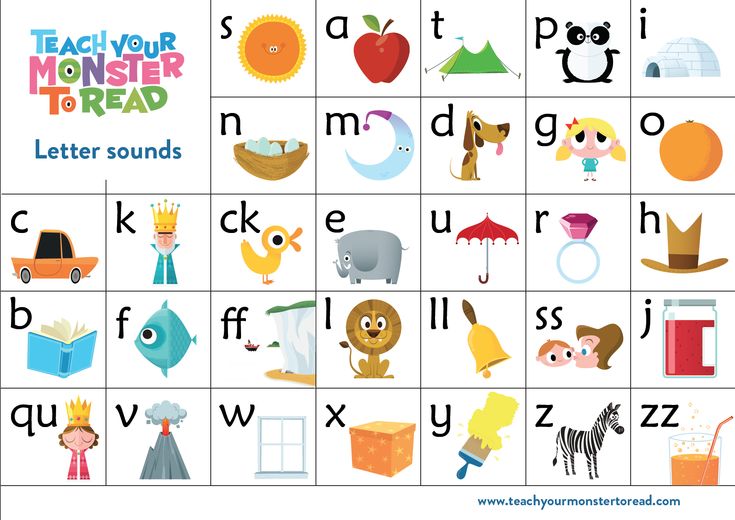 Familiar ideas will also make them feel more confident and comfortable while learning.
Familiar ideas will also make them feel more confident and comfortable while learning.
For example, if you want to start with the letter “T,” consider printing out pictures of things that start with “T” that your child loves, such as trucks and tigers. Let your child choose which pictures to use, and then help them create their very own alphabet book with those images!
Working with your child to construct their personal letter-sound alphabet — a mixture of the specific picture you want them to learn to associate with a particular letter sound — is an easy and fun craft project that will pay off in the long run.
The more personalized you can make the learning process the more fun your young learner will have!
Familiarity can also help your child beyond simply learning the letter sound: it helps them build confidence! The more your child feels like they understand and know what they’re reading, the more likely they’ll be to develop an enthusiasm for learning.
3) Repetition, Repetition, Repetition
This technique focuses on repetition, which is great for getting your child familiar with their letter sounds.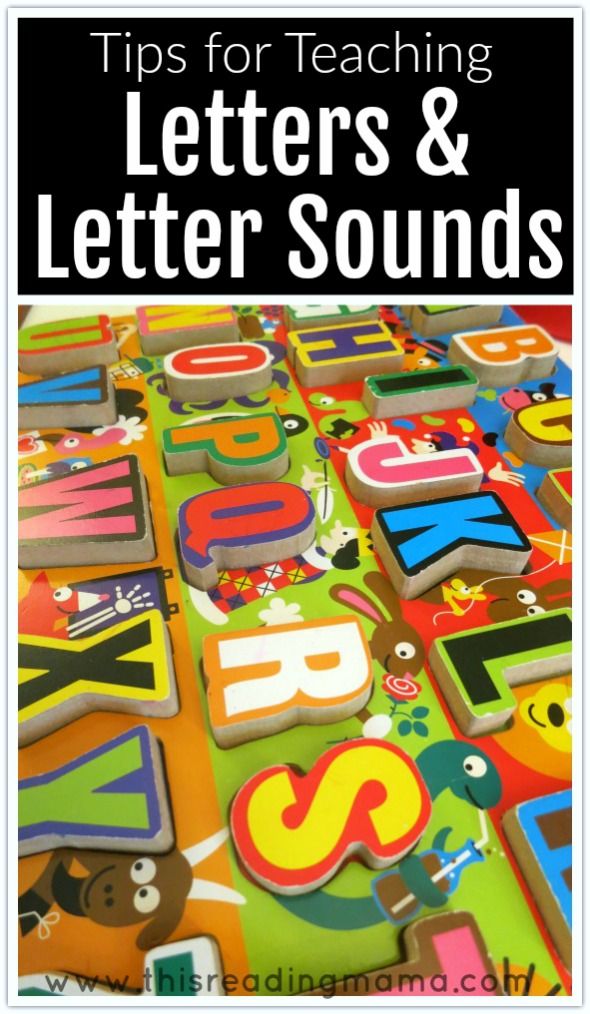 By consistently repeating the same letter sounds to them, you can help your child more easily pick up on them.
By consistently repeating the same letter sounds to them, you can help your child more easily pick up on them.
A great idea might be to focus on introducing your child to one letter sound at a time. You could make a “letter of the week” jar for your child. Place an empty jar on your counter labeled with the letter sound for the week.
Every time your child points out a word they’ve heard that starts with the letter sound of the week, they earn a “ticket” or “point” in the letter sound jar (you could also use stickers on a poster if you don’t have a jar handy).
Challenge your child to gain three or four points (or more!) during the day. You’ll want the jar to be somewhere your child sees it often — maybe in the kitchen so you can prompt your learner to think of a word while you’re making dinner or washing dishes!
They don’t have to rely on only the things they hear or see in real life, especially when it comes to those trickier letter sounds (like x, q, or z). Consider using some of your daily reading time to flip through magazines or books and point out the letter sound whenever you come across it.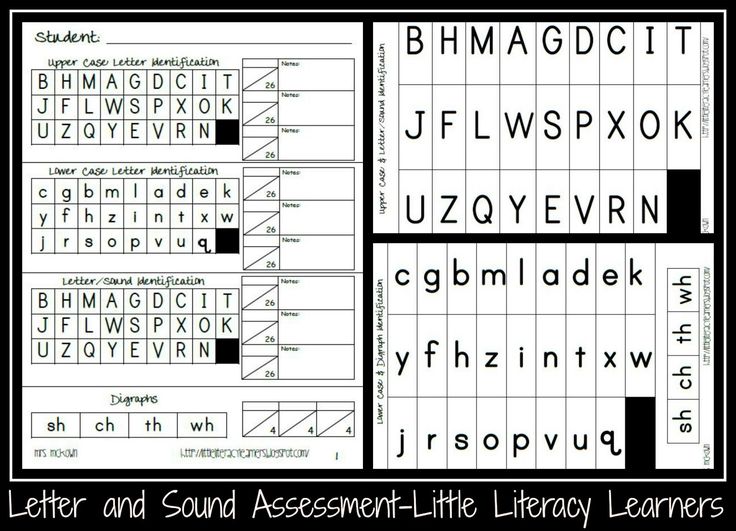
Emphasizing repetition this way really gives your child the chance to focus intensely on a single letter and explore the primary sound it represents!
Giving them ample amounts of time, practice, and exposure to one sound at a time may help them with their learning longevity.
4) Digital Letters In The 21st Century
Technology is a huge new factor in modern-day learning. Not only do children learn how to read and write texts, but now they also have to learn how to use a keyboard at a very young age.
While too much media time can be bad for your child, there are ways to be mindful about media consumption and incorporate media into their letter-sound learning. Especially for busy families, media can be a really useful asset to add to your parenting tool belt.
If you’re looking for a safe, personalized, and reliable place for your child to work on their reading and letter-sound skills, our online learning center has tons of playful games and exercises!
Your child can also use a simple keyboard to engage their letter-sound skills. For this activity, you can call out the sound of a letter and ask your child to hit or point to the letter it matches on a keyboard.
For this activity, you can call out the sound of a letter and ask your child to hit or point to the letter it matches on a keyboard.
This exercise is easy and versatile, as you can use any keyboard you have around — on your phone, your computer, or a device designed for kids. And your child will probably love pretending to be a grown-up just like you!
5) Bingo
Classics are classics for a reason. And Bingo is a time-tested, kid-approved game!
If you’d like to take a shot at this activity, draw or print out a Bingo sheet that has pictures of things your child is familiar with (remember tip #2!). We recommend sticking to things they see daily, like apples (for the “a” letter sound), bikes (for the “b” letter sound), and so on.
To play, call out a letter sound and instruct your child to mark off the picture that begins with the same sound. If your child has siblings or neighborhood friends, consider inviting them to play along (it makes for a great virtual game, too).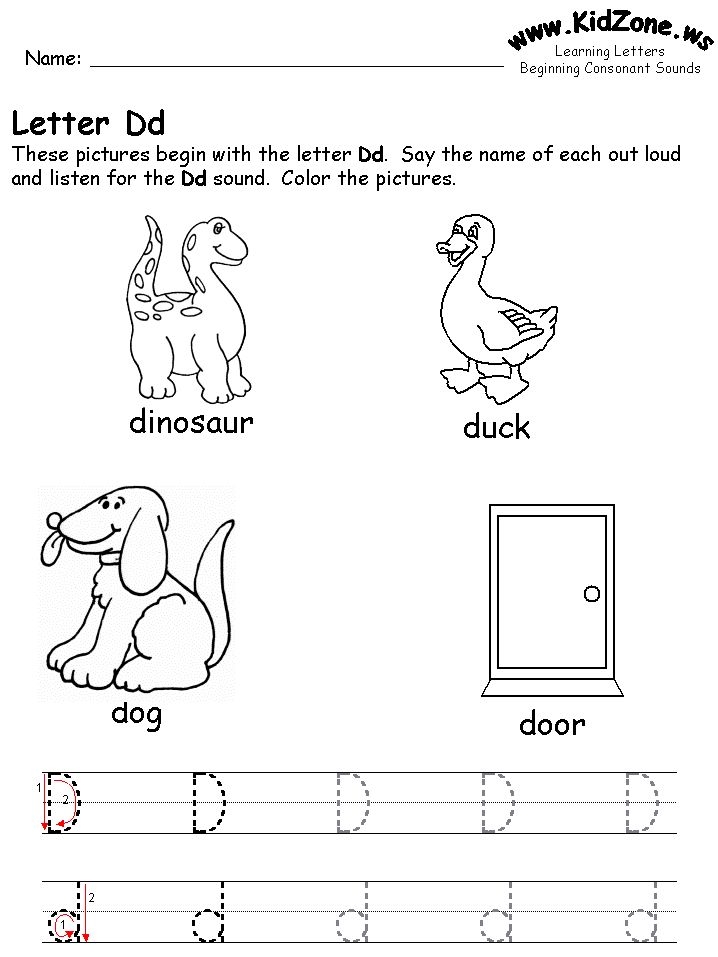
The first to make it to bingo wins!
Making Letter Sounds Fun And Functional
We hope these tips were helpful and gave you some creative ideas for how to get your child engaged with letter sounds (while having a blast along the way!).
We always want to leave you with a reminder that on the journey toward helping your child become a confident, enthusiastic reader, it may take some time to discover what learning strategies are the perfect fit for them. That’s OK!
If you ever need a little extra help or want to switch up your child’s learning routine, our learning center is always open and full of engaging and effective exercises for your emerging reader!
Author
Videos for Learning Letter Sounds
Last updated on January 5, 2022
Don’t waste time searching for videos on YouTube! I’ve compiled a list of my five favorite tried-and-true videos for teaching and learning letter sounds.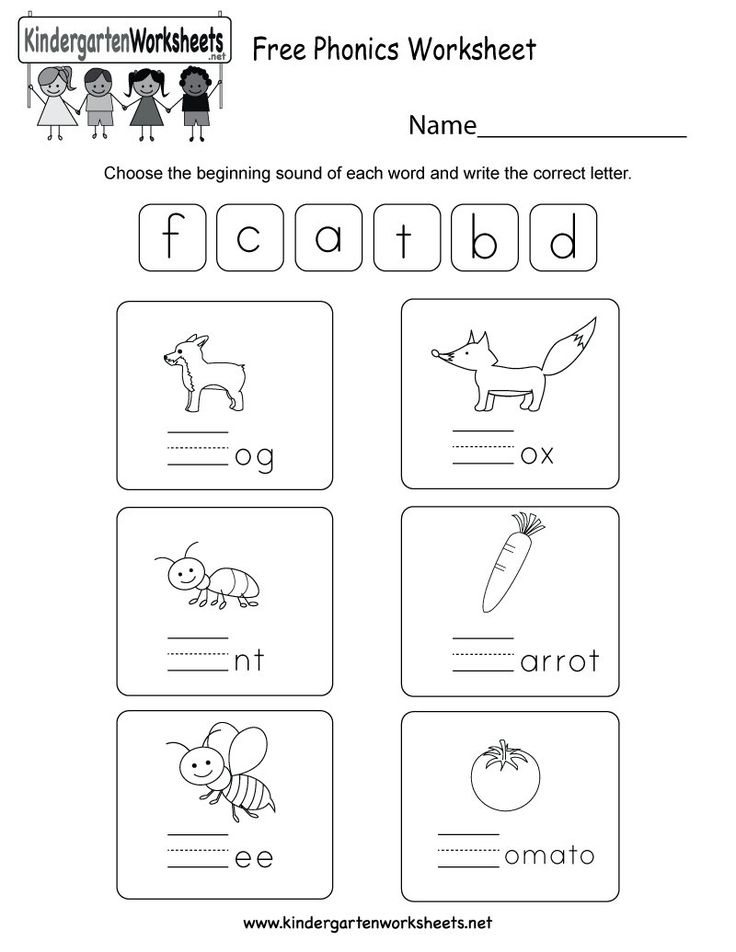
It’s the 21st century, and we know that videos are highly engaging for kids and adults alike. So why not use videos for teaching and learning?
I love using videos with my kindergarten students, especially my English language learners (ESL/ELL students). There’s just something about songs that helps learning “stick.”
You can use educational videos to open a lesson, as a warm up, to fill in the small time gaps during the day, or as a review at the end of the day.
I’ve scoured YouTube for videos for learning letter sounds. Here are the top five videos that I recommend!
Learning Videos for the Classroom
While I personally believe these videos are appropriate for preschool, kindergarten and first grade classrooms, remember that there can often be inappropriate ads before and after YouTube videos. Also, I always recommend previewing the full video before showing it to your class.
If you plan to show YouTube videos in your classroom, I highly recommend that you read this blog post by Catherine, the Brown Bag Teacher.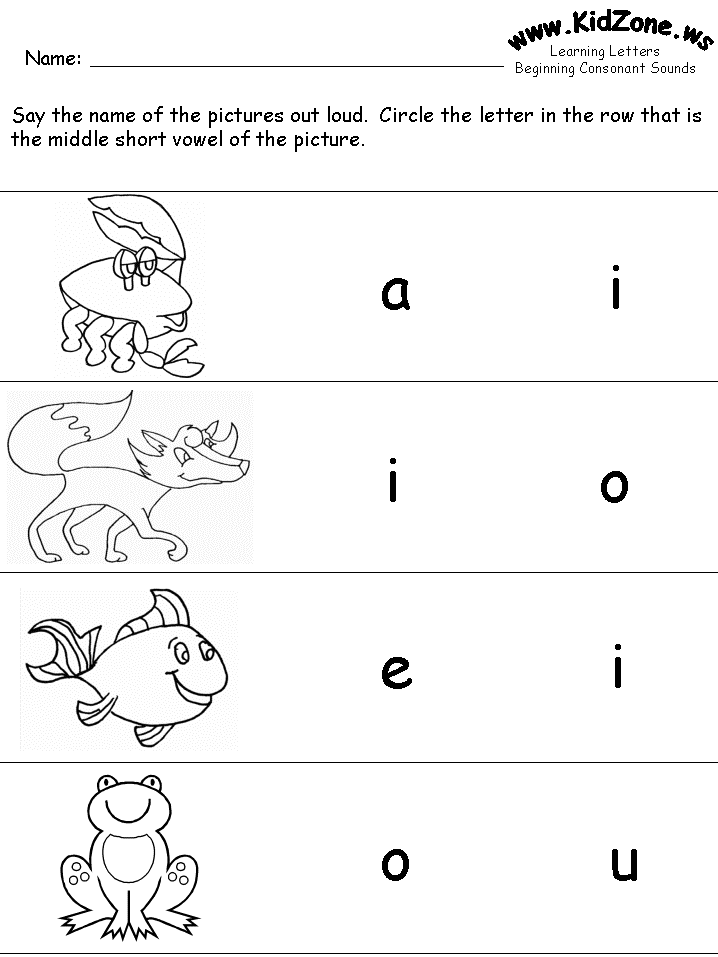 She shares three ways to eliminate YouTube video ads so that you can safely play these learning videos in your classroom.
She shares three ways to eliminate YouTube video ads so that you can safely play these learning videos in your classroom.
Without further ado, here are five fabulous videos for teaching and learning letter sounds in the classroom!
Videos for Learning Letter Sounds
1. Have Fun Teaching’s Alphabet Song
This video is perfect for practicing letter names and sounds. It says the names of the letters clearly as they appear, which provides great visual repetition. It also a catchy song and is well-loved by students.
2. The Letter Factory Letter Sounds
This video is a kindergarten teacher favorite! It has all of the clips and songs from the Letter Factory video. Each sound is sung many times. The letters are shown so students can connect the sounds to the letters. There are also many word/sound connections. For example, “l” is sung by licking lollipops.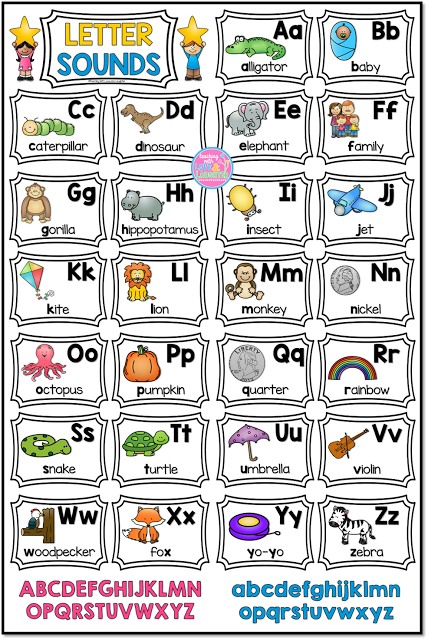
[Note: Every time I start open the link to this video, it begins the video at 50 seconds in, which is the letter E. To start at the letter A, just click on the beginning of the video so it starts at 0:01.]
If you like this video, you can purchase the whole thing as a DVD or even stream it from Amazon! [affiliate]
3. Learning Letter Sounds
Have you heard of Jack Hartmann? He has some amazing educational videos on YouTube. In this video, Jack is “on the beach.” He reviews all the letter names and sounds in order. He also acts out each beginning sound as the word/object is displayed on the screen. I love that he focuses on building brain and body connections!
4. Act Out the Alphabet
This is great for English language learners! In this video, Jack acts out the alphabet (in order).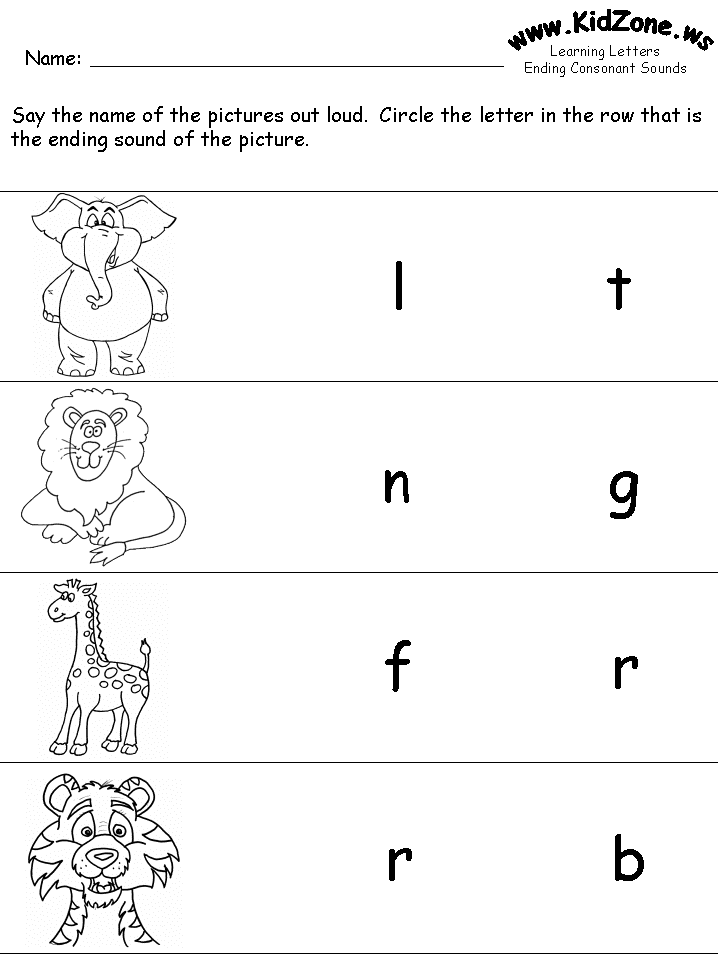 It’s kinesthetic, so there’s a movement for every letter sound. For each letter, he says the letter name, letter sound, a word that starts with the letter and acts it out in a way for students to mimic.
It’s kinesthetic, so there’s a movement for every letter sound. For each letter, he says the letter name, letter sound, a word that starts with the letter and acts it out in a way for students to mimic.
5. Letter Sound Automaticity
This video is more “advanced” because it practices the letter sounds out-of-order (just like Move & Master Fluency Tables – Alphabet Edition)! It mixes lowercase and uppercase letters and it includes long vowel sounds, too! As it shows each letter, it gives 4 seconds of wait time for students to say the letter sound before Jack reinforces it by saying it in the video. Each letter sound is reviewed twice.
Do you know of any videos for teaching letter sounds?
What do you think? Do you have any videos you could add to the list? If so, please let me know in the comments below! I would love to update this post with more videos.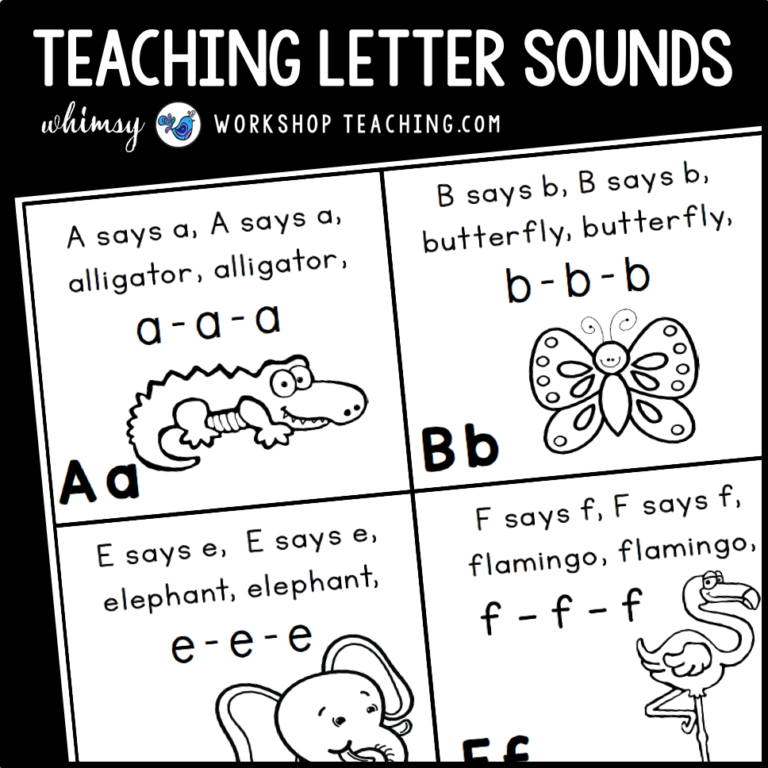 🥳
🥳
FREE Phonics Resource
If you’re teaching letter sounds, you’ll probably be interested in this FREE “Help Your Child Learn to Read” brochure for your students’ parents!
About the Author
Lauren
I help elementary teachers streamline their phonics and reading instruction by giving them all of the information and resources they need to maximize every reading lesson and raise their students reading levels once and for all.
You May Also Enjoy These
Reader Interactions
Unpronounceable sounds in English rules, examples
In this article we will consider cases when letters in English words are written but not pronounced. In English, like in any other language, there are rules for reading words. According to them, some letters are read completely differently than they sound in the alphabet, and some letters in words are not read at all. In Russian, this phenomenon also occurs. For example, in the word "sun" we do not pronounce the consonant "l" and read the word as "sun", in the word "feel" we do not pronounce "v" after "y".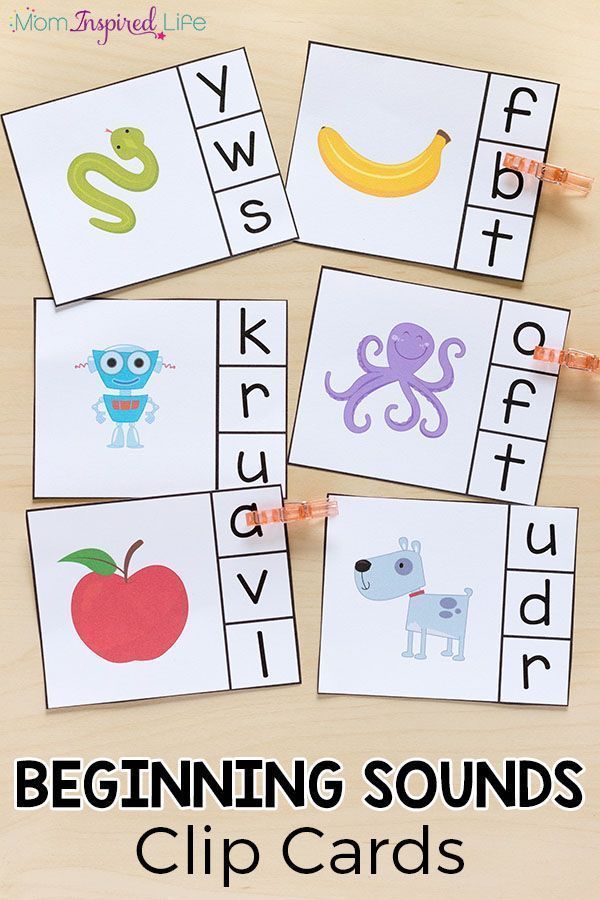
There are also many words with unpronounceable letters in English.
For example,
knowledge - knowledge. The first letter k is not pronounced.
The difficulty arises when we start looking up this word in a dictionary. After all, it sounds like “nowledge” by ear. Naturally, we will not find such a word in the dictionary.
There are rules that allow you to determine in what situation certain letters from the word “fall out” and do not make any sounds, that is, they are not pronounced.
In this article, we have collected such rules and organized them for easy use and study. So here are the rules.
Silent consonant " b".
In the combination of the letters "mb", the letter "b" is not pronounced if the word ends with these two letters, that is, "mb".
Example: climb [klaim] climb, lamb [lam] lamb
In the combination of the letters "bt", the letter "b" is not pronounced if the word ends in these two letters, that is, "bt".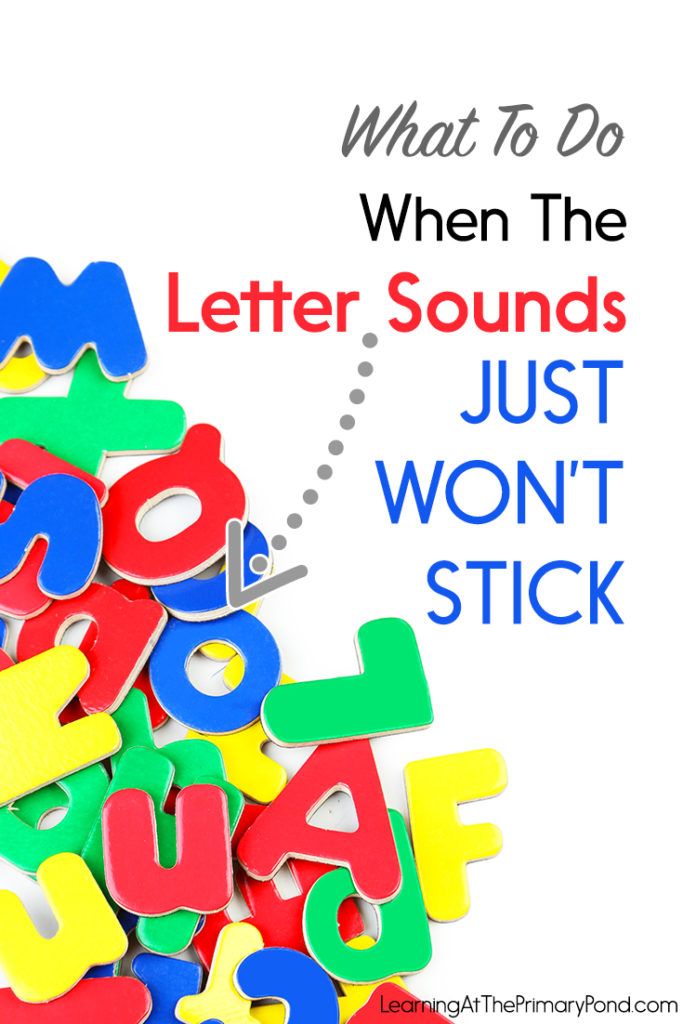
Example: debt [det] debt
Silent vowel " c".
In the letter combination "scl", the consonant "c" is not pronounced.
Example: muscle [m sl] muscle.
Silent vowel " e".
The vowel "e" at the end of the word is not pronounced.
Example: to move [mu:v] move, a name [neim] name, a rose [rouz] rose
Silent consonant " g".
In the letter combination "gn" at the beginning and end of the word, the consonant "g" is not pronounced.
Example: campaign [kampein] campaign (meaning "action", e.g. anti-smoking campaign),
design [dizain] design.
Consonants g, h.
In the letter combination "igh" the consonants "gh" are not pronounced.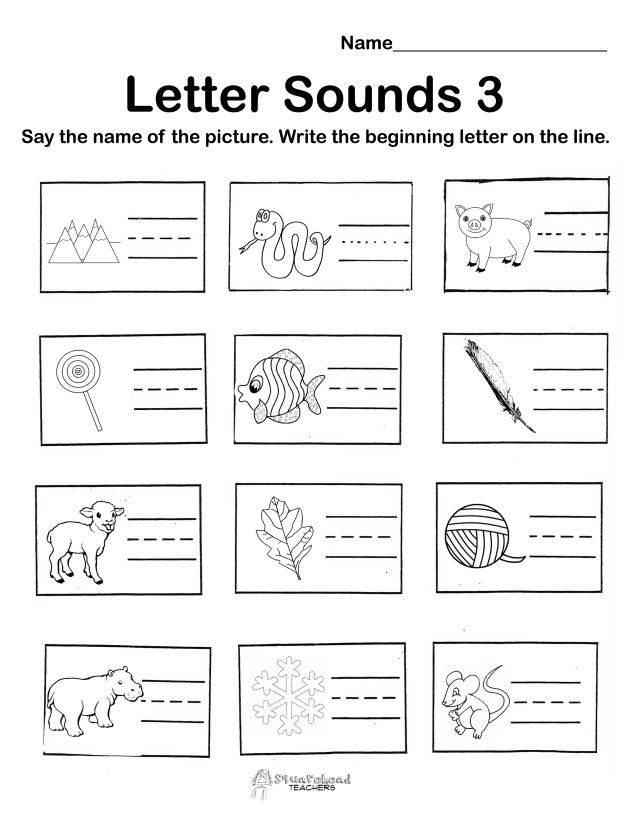
Example: eight [eit] eight, night [nait] night.
In the combination of letters "ough" and "augh" the consonants "gh" are not pronounced.
Example: thought [ ] thought, thought, thought.
There are also exception words in which "gh" is read as [g] or [f].
Example: cough [kof] cough, ghost [goust] ghost
Silent
consonant " h".In the letter combination "wh", the consonant "h" is not pronounced if the letter combination is followed by any vowel other than "o".
Example: where [wee] where, white [wait] white.
The letter "h" is often not pronounced at the beginning of a word.
Example: hour [oue] hour, honor [e:ne] honor.
Silent consonant " k".
In the letter combination "kn", the consonant "k" is not pronounced if the word begins with this letter combination.
Example: knee [ni:] knee.
Silent consonant "9"0004 l".
The consonant "l" is not pronounced after the vowels "a", "o", "u".
Example: could [ku:d] could (could, could).
In the letter combinations "lm", "lk", "ln" the consonant "l" is not readable.
Example: calm [kam] calm, walk [w k] walk, walk, half [haf] half.
Silent consonant " n".
In the letter combination "mn" the consonant "n" is not readable.
Example: government [g vnment] government.
Silent consonant " s".
In the letter combination "isl" the consonant "s" is not readable.
Example: island [ail nd] island.
Silent consonant " t".
In the letter combination "st", if it is in the middle of a word, the consonant "t" is often not pronounced
.
Example: fastener [fasne] fastener.
In the letter combination "stle", the consonant "t" is not pronounced.
Example: whistle [wisl] whistle.
Silent vowel " u".
In the letter combination "gui" the vowel "u" is not pronounced.
Example: guide [gaid] guide
Silent consonant " w".
In the letter combination “wh”, the consonant “w” is not pronounced if the letter combination is followed by the vowel “o”.
Example: two [tu:] two.
As you can see, there are many rules. Don't try to remember them all at once, it's almost impossible. It is better to break this entire list into several parts, 3-4 rules in each and learn gradually. And, of course, do not forget about practice. In this case, reading will come to the rescue. You will see familiar letter combinations in words and thus consolidate theoretical knowledge about unpronounceable consonants in practice.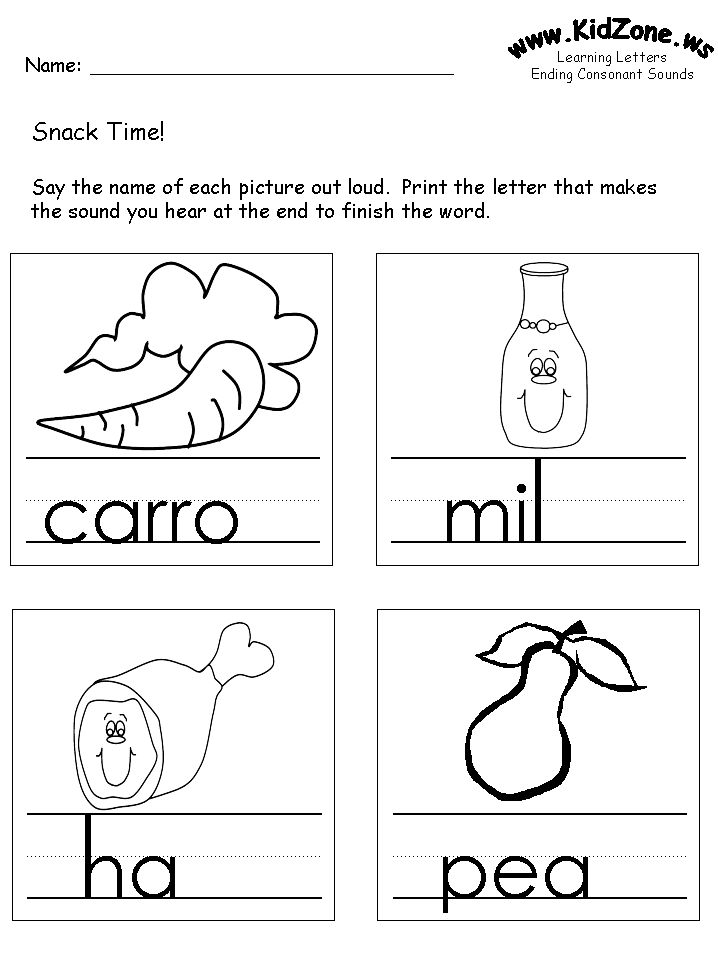
Also in English there are strict rules for pronunciation of sounds. It is important not to make mistakes there. You can read about it here .
Cartoons about letters
Each parent is concerned about the development of their child from an early age. But it is very difficult to attract and keep the attention of young children, so many do not know how to do it. Developing and educational cartoons about letters for kids come to the aid of such parents, during which children get acquainted with the alphabets of Russian, English and German and at the same time do not get very tired, as they are quite colorful, interesting and short.
The number of such cartoons is constantly growing, and to facilitate the search process, we offer a list of educational and educational cartoons about the letters of the alphabets of different languages, calculated from 3 months to 5 years.
Cartoons about English letters
Learn English: alphabet, letters, colors
This educational cartoons are designed for ages from 3 months to 1 year, that is, for the smallest.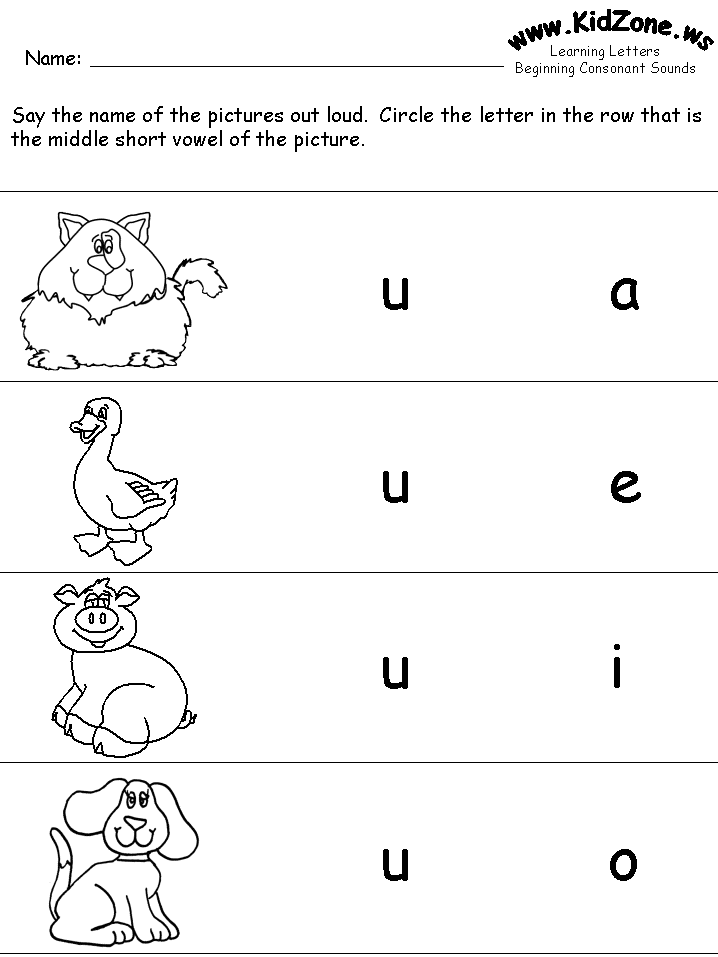 Its main characters are the small Latin letter B (Bi) of red color, a learning card and an alphabet song for little children, who, with the help of songs and rhymes, introduce the letters of the English alphabet and the words-names of flowers.
Its main characters are the small Latin letter B (Bi) of red color, a learning card and an alphabet song for little children, who, with the help of songs and rhymes, introduce the letters of the English alphabet and the words-names of flowers.
Aunt Owl's lessons: English alphabet for children
A very kind, well-known and unchanging leader of useful lessons Aunt Owl and her assistant Alice will introduce you to each letter of the English alphabet with the help of a cartoon, in addition, at the end of each series, teaching letters are held games.
In addition to English lessons with Aunt Owl, there is a series of German lessons.
Cartoons with the letters of the Russian alphabet
ABC for children: Learn letters
Consists of short videos dedicated to each letter of the Russian alphabet, during which the child learns how the letter sounds and looks, what words begin with this letter, and all this is accompanied by S. Marshak's poems.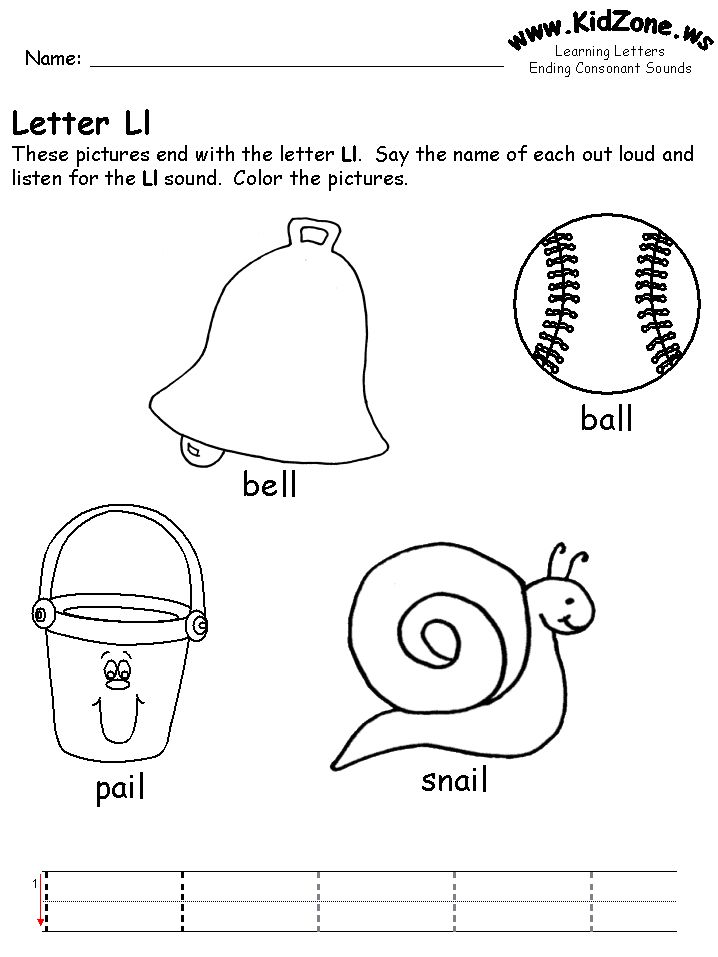 Each video ends with a small task for the kids.
Each video ends with a small task for the kids.
Umnyashka the train - a train with letters
This funny educational cartoon about Umnyashka the engine will not only introduce children to letters, but also teach them how to put syllables and words out of them. Children will love to travel on the train with the train and collect letters, put them into syllables and words, which at the end of the series will need to be read with the help of adults or on their own.
The best alphabet in the country of letters
This is not only an educational cartoon aimed at learning letters, but a whole educational course for children from 1 to 6 years old. The first part consists of seven series "Tales about Aza and Buka, who invented the ABC", in which children will get acquainted with the magical land of Letters, with the letters themselves and their keepers - Az and Buka.
In the second part - 33 educational cartoons showing the correct spelling of each letter, with special rhymes for quickly memorizing letters and learning to write in block letters.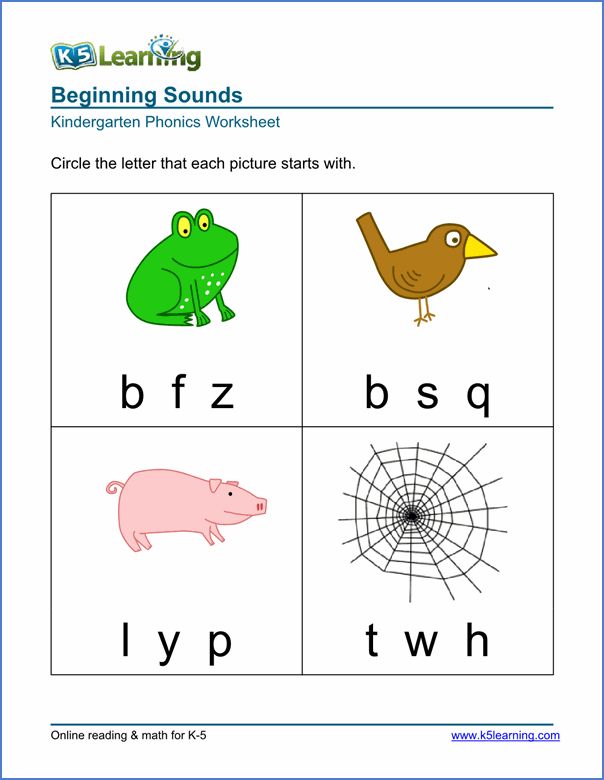
The last part consists of educational games to expand vocabulary, exercises for self-study and test tasks.
Aunt Owl's Lessons: ABC - baby
Wise Aunt Owl learns letters with the kids with bright pictures and poems.
Talking alphabet
This educational cartoon is designed for preschool children. He introduces not how the letter is called, but how the letters sound correctly, this will help further learning to read.
Styopa's Crane
In the episodes of the developing animated series about Styopa's Crane, children will get acquainted with different letters that a small crane finds in order to collect new words. During the observation of the cartoon character, children will not only get acquainted with all the letters, but also learn to read simple words.
In addition to the already listed cartoons for children to learn letters, you can also offer How the Mouse Caught Letters, ABVGD ... Learning to Read, Luntik Teaches Letters, educational cartoons by Robert Saakayants about letters, Berilyaka Learns to Read.